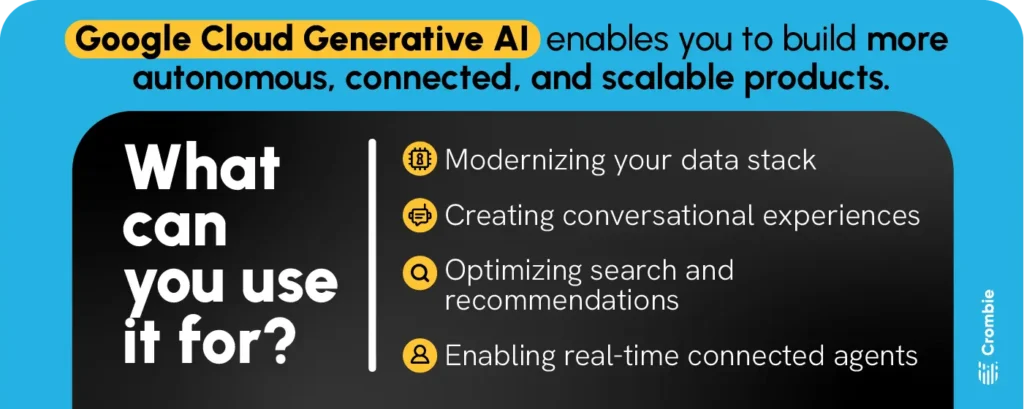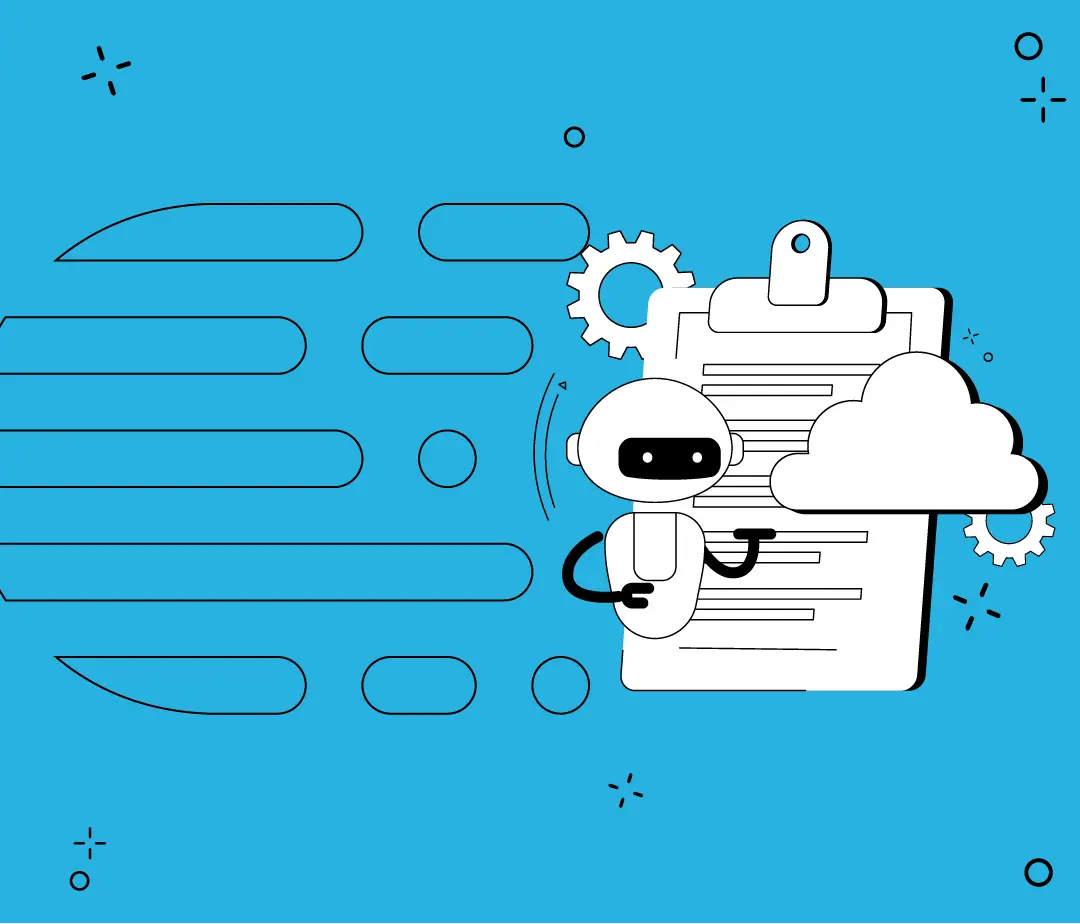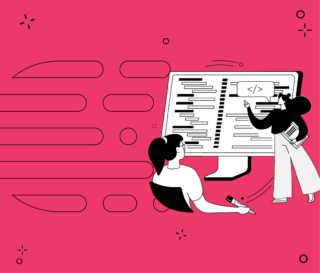The generative Google Cloud AI is redefining how modern applications are built. It’s no longer just about powerful models. Intelligent databases are driving a new way of understanding software development, integrating artificial intelligence into workflows, and achieving greater operational efficiency at scale.
Recently at Google Cloud Next ’25, new features were announced for AlloyDB, Google’s PostgreSQL-compatible database. But what are the implications of these innovations, and how can they be applied in real-world scenarios?
Why are intelligent databases key in the agentic era?
Agentic workflows, where autonomous agents make decisions based on current data, are emerging as a new architectural pattern in Google Cloud’s generative AI. In this context, intelligent databases enable agents to access, process, and understand data in real time to make more accurate and confident decisions.
5 AlloyDB advances that set a new standard
As part of Google Cloud Next ’25, new capabilities in AlloyDB were announced that solidify its position as one of the most powerful intelligent databases on the market.
These innovations combine natural language, vector search and connected agents to bring Google Cloud’s generative AI to the heart of enterprise applications.
Read more → AI for business: How to drive innovation and optimize processes?
1. Agentic search with Google Agentspace
Enables connecting agent logic with structured data, combining Google search with Gemini reasoning.
2. Secure natural language queries
The new generation of AlloyDB allows using natural language as if it were SQL, without compromising security or accuracy.
Read more → Find out how we optimize prices with AI in retail
3. Ultra-fast vector search
ScaNN is a library developed by Google that uses advanced techniques to perform filtered vector searches up to 10 times faster than the standard PostgreSQL small-world navigable hierarchical index (HNSW).
4. Integrated multimodal AI
Along with Vertex AI and DeepMind, AlloyDB now supports models for processing text, images, and videos in the same application.
5. SQL + natural language
The new AI query engine allows complex free-text searches to be integrated directly into your SQL queries.
Suscribe to our newsletter!
Frictionless agentic connectivity: the role of MCP in this architecture
This whole new ecosystem, based on real-time data, semantic reasoning, and natural language queries, requires an infrastructure that allows intelligent agents to connect directly to databases. That’s where the MCP Toolbox for Databases comes in, an open-source tool that simplifies this integration.
With MCP, agents can access, query, and act on structured data without having to write custom code for each source.
This reduces complexity, speeds development, and improves the maintainability of agent solutions. It also provides support for multiple engines, including AlloyDB, PostgreSQL, Spanner, MySQL, and more, and integrates standards such as OAuth2, OIDC, and OpenTelemetry to ensure security and traceability.
Google Cloud Generative AI Applications
The capabilities presented by Google Cloud with AlloyDB and MCP mark a concrete evolution in software development. It is no longer just about having powerful generative models, but integrating them with current, secure, and structured data. This bridge between artificial intelligence and reliable data is what makes it possible to move from experimentation to real products.

These technologies are already in use today:
Modernization of data stacks
Teams that used to use PostgreSQL migrate to AlloyDB without rewriting their code, but adding capabilities such as natural language queries and vector search.
Creating conversational experiences
Semantic queries, internal assistants, and agents that solve specific tasks are integrated into apps and services with greater fluidity for the user.
Search optimization and recommendations
Combining vectors, text and images allows finding more relevant and personalized results, improving the experience without increasing backend complexity.
Real-time connected agents
With MCP and open-source tools, agents can stop operating in closed environments and start acting on live, accurate, and useful information.
Read more → Find out how we automate regulatory compliance with AI
Conclusion
Generative AI applied to structured data is not just a technical novelty. It is a gateway to a new way of building products: more intuitive, autonomous, and connected.
But this change is not just about adding technology. At Crombie, we have been working with these solutions to help our partners explore this new paradigm practically and securely.
If you are evaluating how to add these capabilities to your product or service, we can help you think about it together.

FAQs
Generative AI is a type of AI that can create new content and ideas, including conversations, stories, images, videos, music, and code.
These systems are first trained on a large set of input data and can then use what they have learned to create new content.
It is a database that leverages both the evolution and integration of relational databases and advanced information storage, retrieval, and processing techniques from the fields of expert systems and artificial intelligence.












Leave a Comment